Demo Video: Encaustic Scraping
Scraping is a technique many artists use with encaustic to reveal the history of layers and color in their painting. This demo video was inspired by R&F Tier Artist Lorraine Glessner who writes a wonderful blog called Art Bite. The tools featured in this demo video include a pear-shaped loop tool, a razor blade, and a wax scraper from Sculpture House.
There are different ways to approach scraping. In her blog post, Lorraine divides them into categories based on whether your painting is cold, slightly warmed, or quite warm, and by how much pressure you apply as you scrap. It’s probably best to practice all of these techniques on a painting that you are not invested in as you develop a sense of how much heat and pressure yields the best results.
To begin you will need a painting that has between 8 - 15 layers of paint. How you layer color will impact what you discover as you scrape. Be sure to put down thick layers of color - if you put down too thin of a layer of paint, you are lightly to scrap all of it off easily. You can also try drizzling paint or creating drips that you paint around. These will re-appear when you scrape back your work.
The cold scrape is best done at the start of your studio day - before heating the board. Using the razor blade as your main tool, scrape slowly without digging. This will give you a subtle effect on the surface of your painting. Do not rush - take your time discovering.
The warm scrape is next. To delve a little deeper into those layers, slightly warm the surface (1-2 layers) of your painting with your heat gun or torch. Your painting should be warm to touch, but not hot. Scrape slowly and lightly without digging using the loop tool or razor blade.
TIP: MANY ARTISTS START SCRAPING AGGRESSIVELY WHEN THEIR WORK IS QUITE HOT. MAKE SURE YOU ARE NOT OVERHEATING YOUR PAINTING. IF YOU FIND YOU’RE REMOVING TOO MUCH, LIGHTEN YOUR PRESSURE.
A deep scrape is to be used only in the event that you wish to remove many layers at once. Fuse the surface of your painting until it is quite warm and use the loop tool or Sculpture House wax scraper to pull back sections of your painting. For a deep scrape, you will use more pressure than with a cold or warm scrape. Try to keep your scraping tool level so you don’t gouge your painting accidentally.
Another way to remove layers of your painting and reveal colors underneath is to carve. Carving can be done using a variety of tools to incise lines and other shapes. This is best practiced when your painting is recently fused - warm, but not hot.
After any of these scraping techniques are practiced, you can fuse the surface of your painting lightly to remove scratches from your razor blade, loop tool, or other scraping tools. Once you have a sense of how warm your painting should be and when to scrap lightly versus applying pressure, you can begin to use the scraping technique to create interesting backgrounds or compositions. Leftover wax scrapings can go back into your palette cups to be melted and reused.




